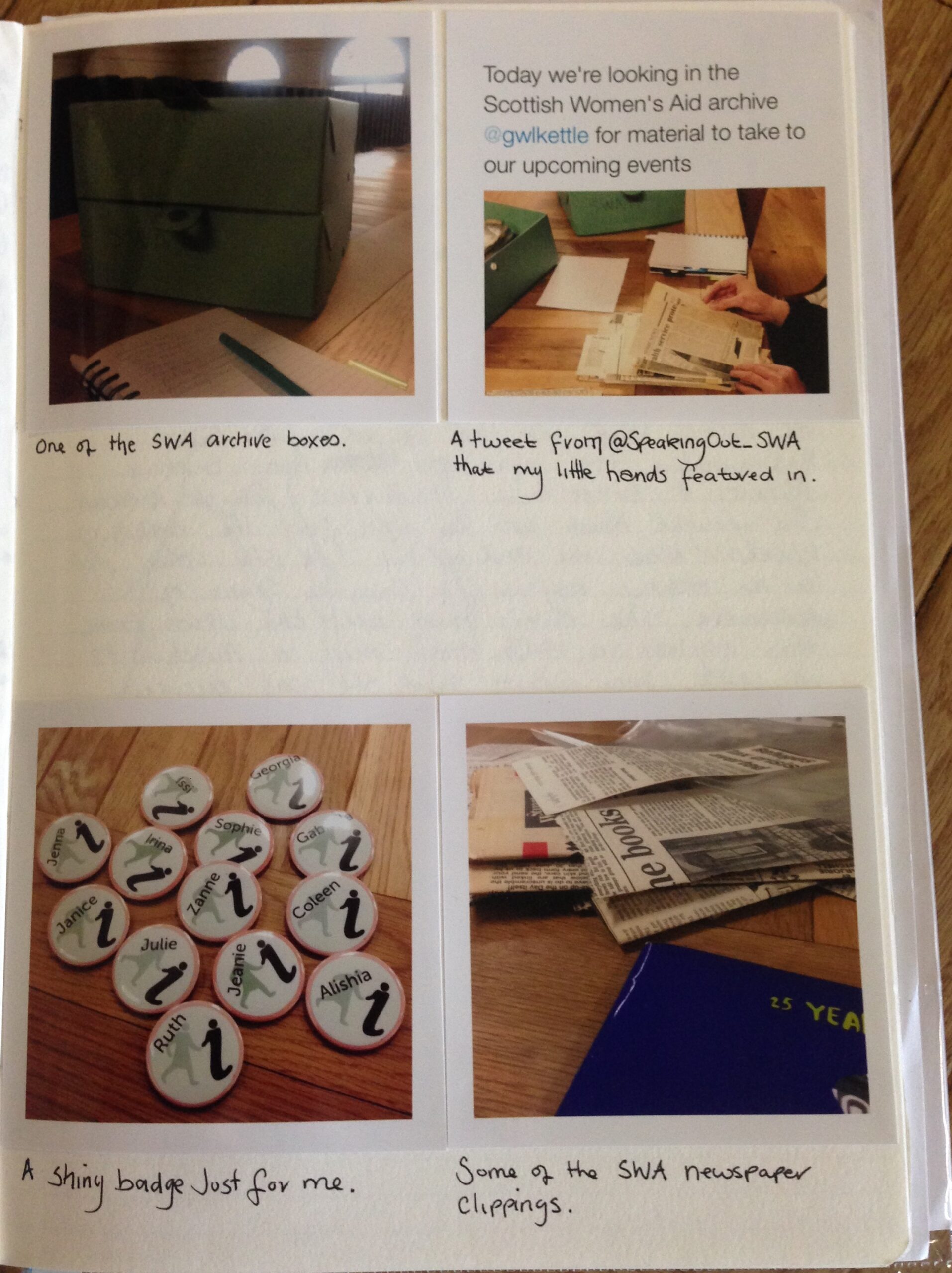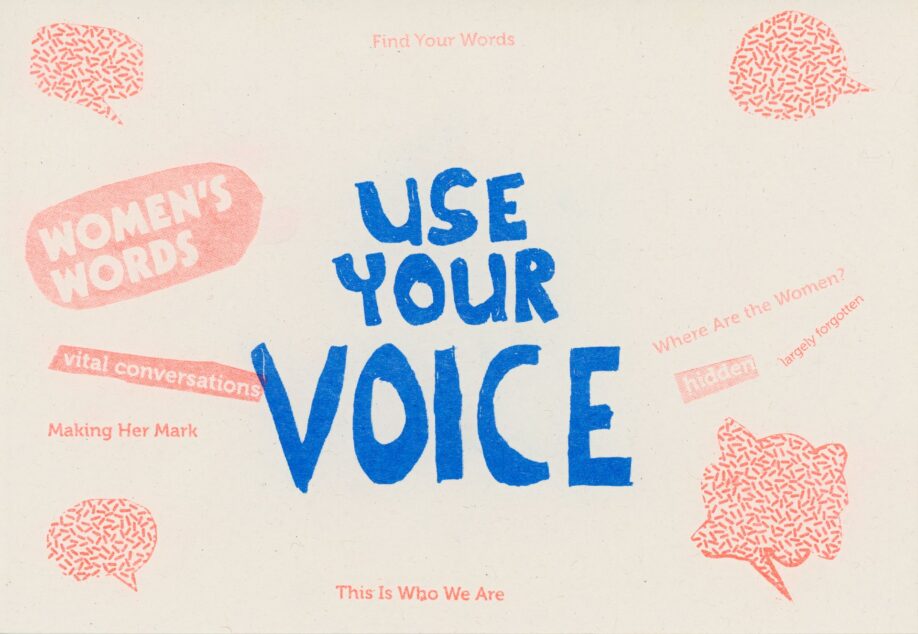
Glasgow Women’s Library (GWL) celebrated its 30th anniversary in September 2021. As we now enter our fourth decade we ‘look back to move forward’ through our 30 Years of Changing Minds Blog Series by staff and volunteers.
With the recognition that sectarianism is not simply a problem of men and football and that people experience sectarianism differently, Mixing The Colours sought to address how intra-Christian sectarianism affects women in diverse communities, and their exclusion from previous research and societal dialogue. The project was funded by the Scottish Government Community Safety Unit and ran from 2013 to 2015.
Our volunteer Miranda spoke with Rachel Gray, the project’s facilitator (and now working as Project Co-ordinator for the 30 Years of Changing Minds project), to understand the intent and impact of Mixing the Colours. In this post she shares what she learnt about the project.
Sectarianism continues to be prevalent across Scotland. In 2012, the Scottish Government allocated 9 million pounds to fund projects that aimed to address the problem of sectarianism. Following investigation into women’s everyday experiences of sectarianism in Scotland, GWL found that little information and resources were available. Subsequently, GWL applied for funding and created Mixing the Colours which had multiple components including film, podcasts, workshops, and a collective publication of short stories. These emerged as a response to the absence of women-centered films, poetry, and books about sectarianism in Scotland. Launched in 2015, Mixing the Colours remains an integral piece of GWL’s history as many themes are relevant today.
The intent of Mixing the Colours was very revolutionary because it brought an intersectional perspective to the topic of sectarianism. Particularly, it focused on the voices and stories of women who were previously excluded. The Mixing the Colours publication included contributions from both Protestant and Catholic women, as well as those who are not either but were impacted by sectarianism. Fifteen writers were selected to contribute short stories to the publication. Each story highlighted lived experiences and complex themes including childhood, domestic violence, religious bigotry, power, and patriarchy. It was evident that sectarianism was ingrained in daily life both in public and private spheres. The short stories also explored the roles of women as agents for change and reproducers of sectarianism.
Contributors presented alternative narratives of sectarianism that show it is not only an issue of white, working-class men. The Mixing the Colours anthology provided participants with inclusive mediums to recognise their experiences of sectarianism. The project reflects GWL’s commitment to lifelong learning, dismantling barriers, and community participation.
Folks who are interested in learning more about the project are welcome to visit this link.
The publication is available to borrow from GWL. Browse the online catalogue here.

This content is licensed under a Creative Commons Attribution 4.0 International License.



